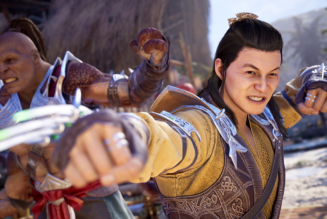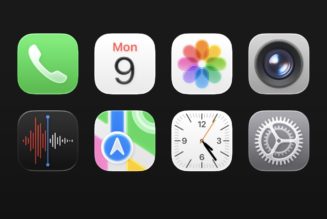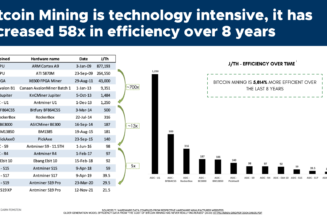The new Forza Motorsport’s strengths are in the sections you can’t see with your eyes, like better physics, AI, and audio.
Share this story
Not long into playing my preview copy of Forza Motorsport, I was intrigued but not that impressed — until I went back and played Forza Motorsport 7 for a while.
Arriving six years after the last entry and as the first game in the series built for the new generation of hardware, this latest Forza doesn’t make the biggest graphical leap in the series’ history. But after about 10 hours of driving in the game’s single and multiplayer events with the game, I felt like everything else you encounter while driving, like the audio, physics, and AI drivers, is noticeably different and better this time around.
The handling model, in particular, is what Forza players are here for, and it delivered exactly what I expected, especially in comparison to the last game. Forza’s “drivatar” technology for simulated competitors makes for more fun racing with less rubber banding, and whether I use a force feedback wheel (Logitech G923) or gamepad for control, my feeling of connection to the car and the road surface is now back to what we expect from a simulation racing game.
The lists of 500-plus cars and 20 or so tracks aren’t the most of any racing series available. But Microsoft plans to add to those over time. How quickly that happens — as well as how much those additions cost — will be a big part of how happy players are with the new game. (The full Nordschleife route, for example, is promised to arrive in spring 2024.) Forza Motorsport is also the first game in the main series built in the live service gaming era and has hooks for incoming “cars, career tours, online events, and limited-time Rivals” to keep players invested over the coming weeks and months.

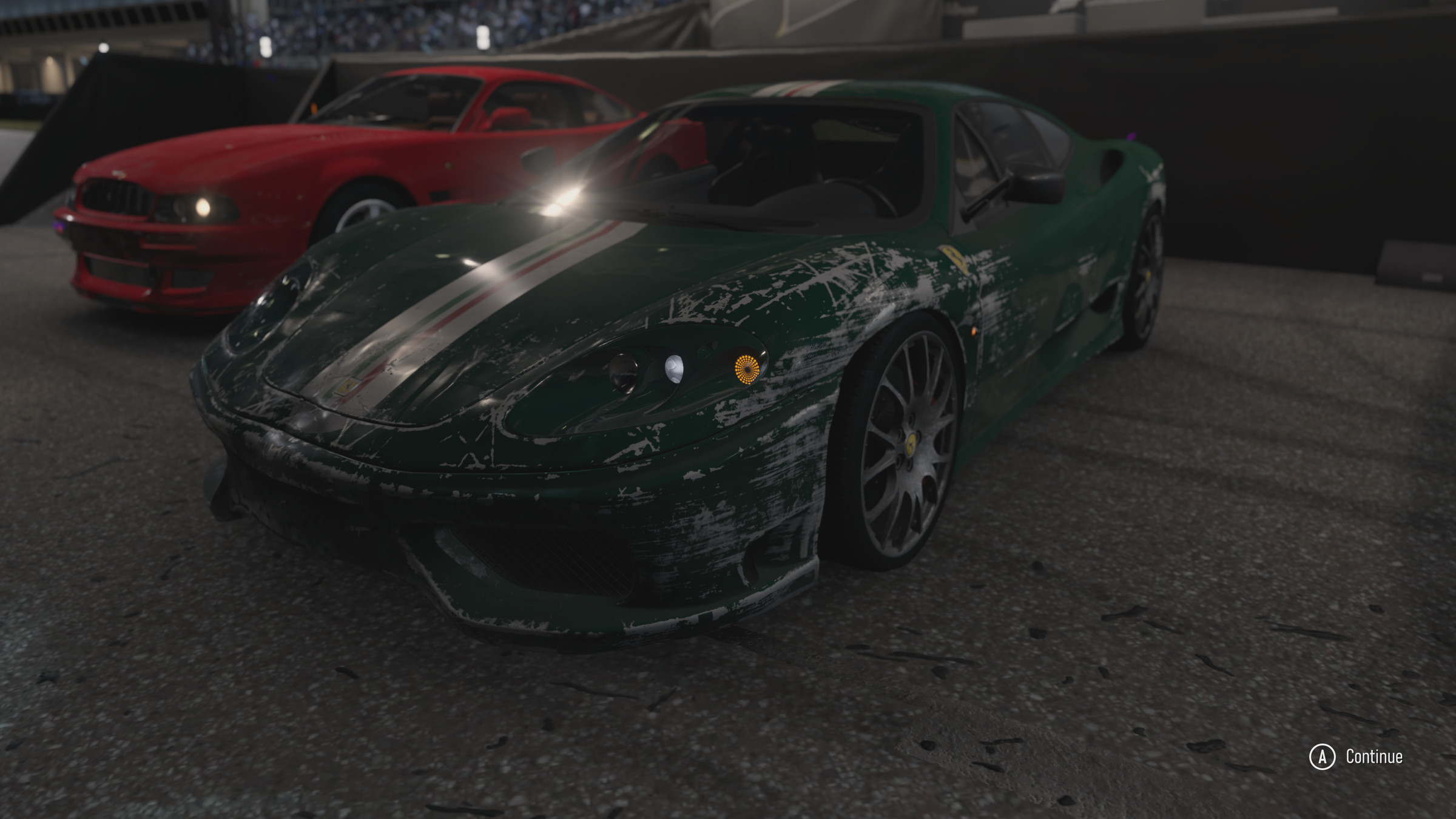
The graphics will always be one of the first questions for a game like this, and when ray tracing is enabled, I think it holds up to competition like the most recent Gran Turismo. On PC, it’s a little disappointing that it doesn’t support Nvidia’s DLSS 3.5 technology at launch, but playing on a system with an AMD 5600X CPU and Nvidia 3070, I was able to play smoothly even with the resolution targeting 2560 x 1440 with DLSS on and more other options set to auto. I’ll also mention the game’s built-in benchmark, which system builders should be able to appreciate since it only takes a few seconds to play through and spit out a result.

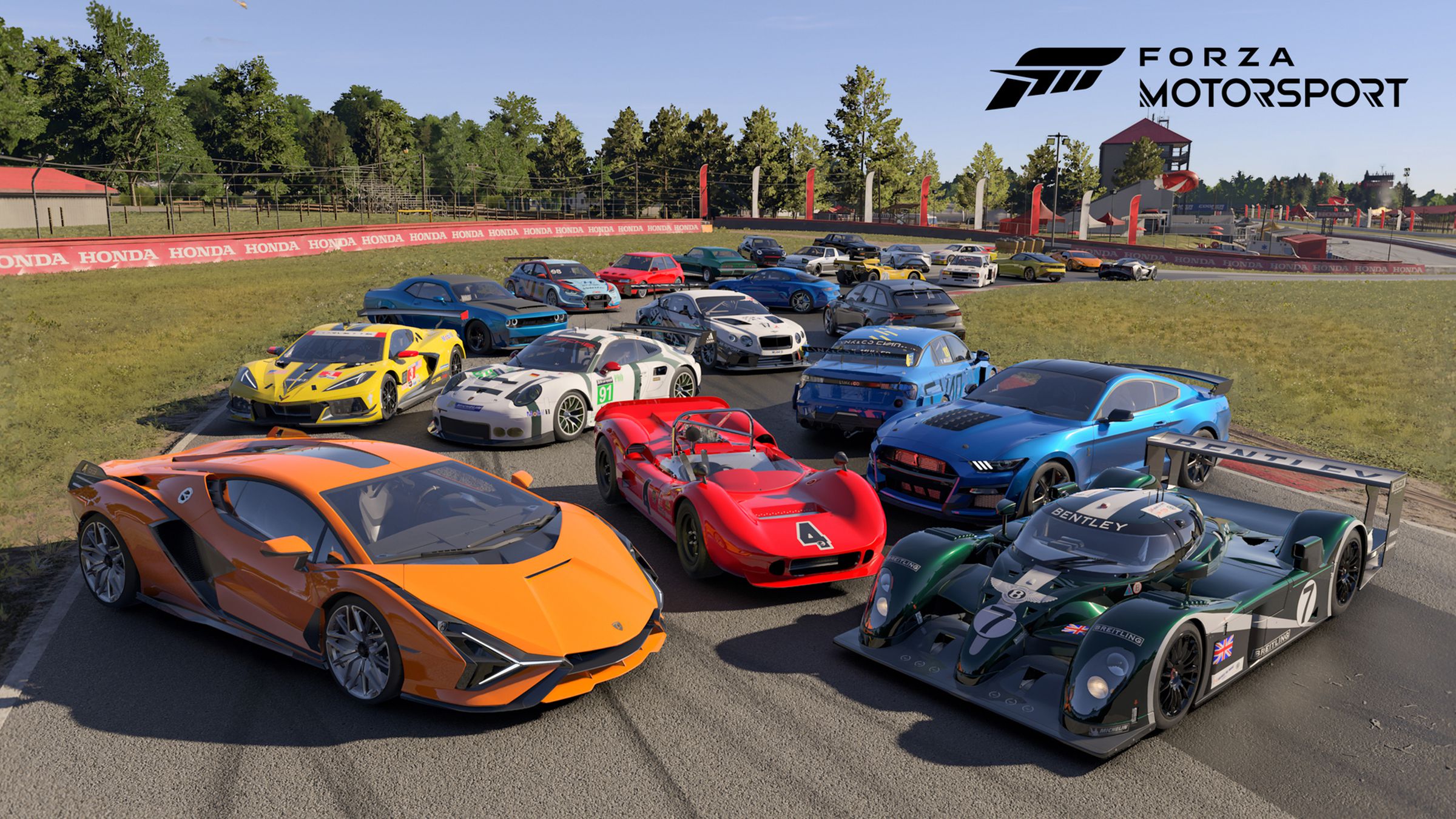
On Xbox Series X, players can choose between Performance mode, which runs at up to 4K resolution and 60 fps but without reflections and ray tracing, a Quality mode that steps things back to 30 fps with the best ray tracing and reflections available, or Performance RT with reflections on the cars but not the track surfaces.
I found Performance RT a suitable compromise (it’s very hard to judge the differences in compressed video captures or screenshots — I’d recommend trying it for yourself), and there was no stuttering that I noticed during gameplay. However, the Performance mode graphics disappointed me; without ray tracing, sometimes it felt like the bad old days of Forza with a lighting model that made the cars look flat and dull compared to Gran Turismo.
The only bad news is that even though this is the most excited I’ve felt about playing Forza Motorsport since the first game in the series, it might not matter.
This edition of Forza Motorsport walks back the car collection creep that has been central to the series. Instead of single and multiplayer experiences focused on obtaining cars that you can then upgrade and tweak at your leisure, this game gates those vehicle upgrades, making players earn them by actually driving the cars in events. Credits players earn from events and selling tunes or paint jobs still exist, but actually installing a new part or setup on a car requires acquiring enough Car Points specific to that car and raising its car level by actually using it on the track.
If you’re in a situation where you just want to try another car or need one for a specific event or situation, the game mechanic that allows players to “rent” vehicles is still present, so I don’t think it will be a major hurdle to playing, or playing with friends. Still, it’s a major change in mindset about how to play the racing game, as well as what progression and rewards for performance should look like.
That could quickly turn frustrating for players used to previous entries, where simply finishing an event series frequently added multiple new cars to one’s garage, and access to upgrades was easy since it only required in-game money that you could easily get by selling the cars it gave you. This new addition is a time-sink, and while the additional time spent learning an individual car is worth it, players have many other options calling that don’t require a grind to put a new set of rims on their simulated Audi.

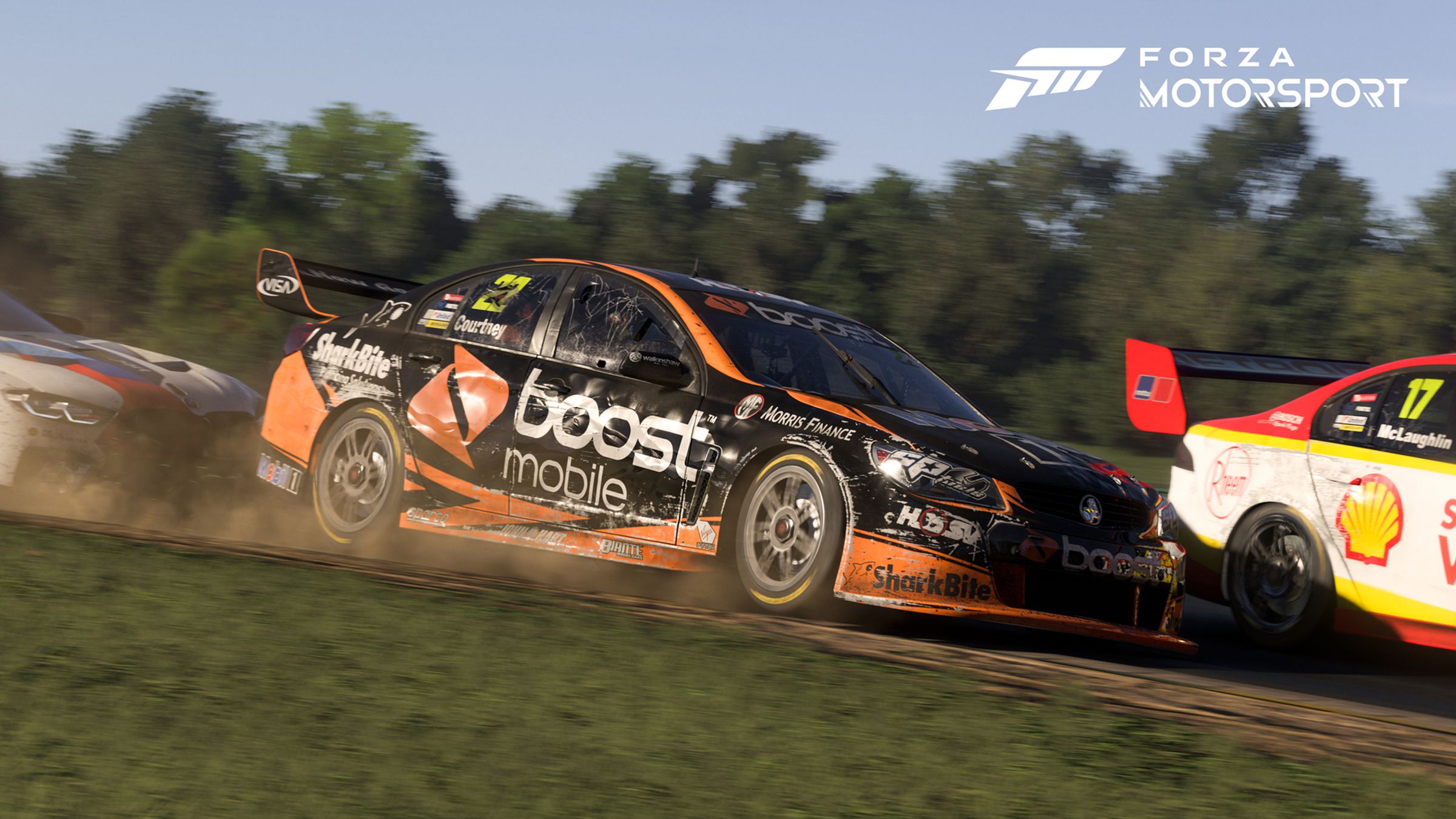
Now, Forza Motorsport is less of a fantasy car collecting simulator and more like a role-playing game that asks players to make developing their weapon a part of the journey they’re on. Even simple things like starting a new race are no longer about simply grabbing a car, picking a track, and jumping into competition. There’s a process for practicing first, driving qualifying laps, and taking time to learn how your car works with the track. This adds to Forza’s now-thorough approach to driver education, which also includes things like a suggested racing line and assists that can do almost anything to help (even braking or steering the car for you, if necessary), tacking on a new focus about approving your approach to specific turns on a track, and giving instant feedback to grade how the player navigated a certain section.
We’ve come a long way from simply having time attacks against a counting-down clock or racing a ghost of a previous fast lap that’s your own or another player’s. When you’re slow in Forza, it’s much easier than ever to know why and see where you need to improve.
Of course, sometimes improving the car itself will be the issue. With enough races under your belt, you will be able to, eventually, but at the cost of experiences like snagging a cheap car, slapping on enough parts to make it compete in Class S with high-priced sports cars, and taking to the track. It’s a change that I appreciate and makes me want to play Forza more instead of less so far, but what I don’t know yet is how long that process will seem refreshing instead of annoying (being rewarded one new flywheel for finishing a race feels unsatisfying). It’s also something the developers at Turn 10 Studios can continue to tweak as the game evolves, and I think that early on, I’m interested to see what the feedback is and how they respond.
Forza Motorsport will be available starting at 12:01 local time on October 5th on Xbox Series X / S, Windows, and Steam for Premium Edition owners with Early Access, and then widely available on October 10th.

